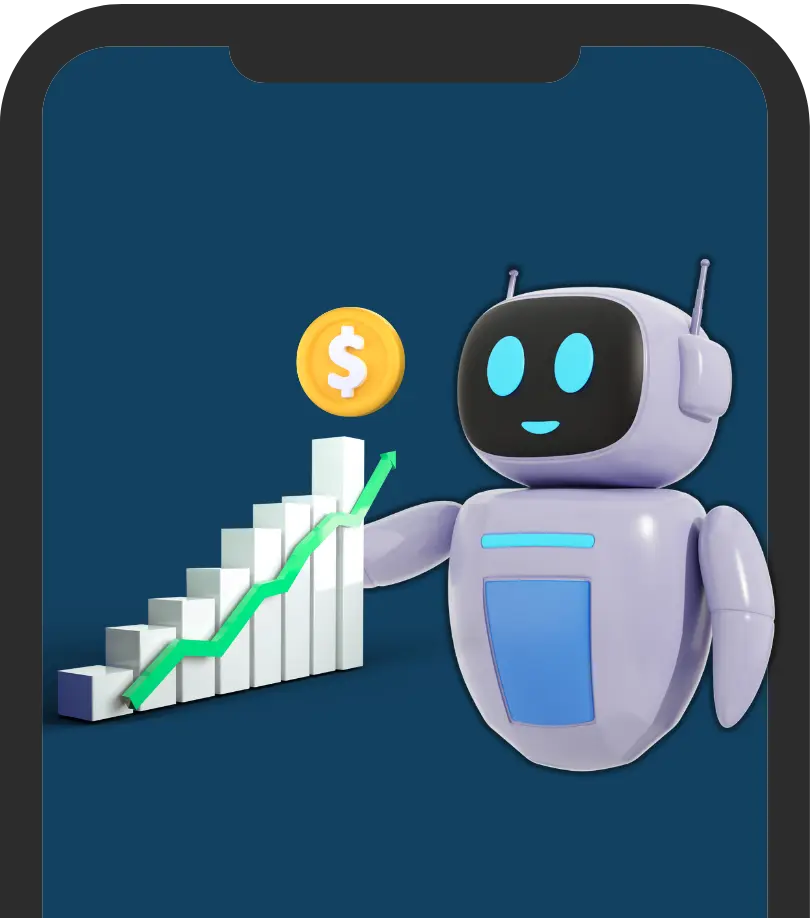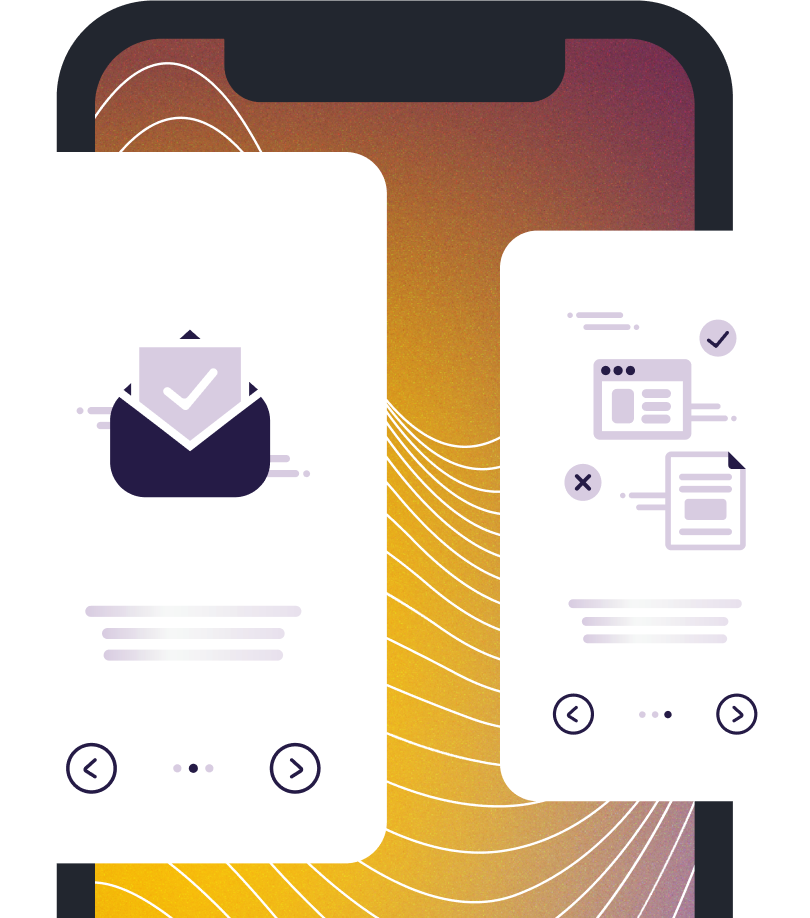Chatbots are a necessary part of online business today. Customers don’t have the patience to wait for hours for a reply or scour through heaps of FAQs. They want responses that are rapid, simple and friendly. This is where a ChatGPT-powered chatbot steps in. ChatGPT can understand natural language and respond as humans do. With the proper setup, you can use it for customer support, sales, lead generation or even personal tasks.
In this blog post, we are getting things started and we will walk you through step by step on how to create a chatbot with ChatGPT. You will discover the secrets of why ChatGPT is so capable, design your own chatbot, and ensure it is a useful tool for your business.
What is ChatGPT?
OpenAI has developed ChatGPT, a sophisticated model whose capabilities stem from the comprehension and generation of text on sophisticated topics by way of vast data resources. ChatGPT is an advanced conversational agent as it is able to deploy an interchangeable range of responses as opposed to traditional chatbots whose responses are confied to rigid, pre-programmed replies. OpenAI has designed ChatGPT to meet the needs of businesses whose chatbot requirements demand sophisticated engagement with users.
ChatGPT is able to converse with users by providing stepwise elaborations instead of restricted, simplified responses, and answering yes/no.question. For instance, with ChatGPT-enabled chatbots, users are able to ask complex questions and receive responses that not only provide the required information, but elaborate with further questions and provide comparisons. This is the reason why so many users are adopting ChatGPT for their chatbots.
Why Use ChatGPT in a Chatbot?
There are several reasons why businesses are implementing ChatGPT in order to power chatbots. The biggest benefit is natural conversation. The majority of chatbots are robotic-sounding, which has a tendency to discourage users. ChatGPT chatbots, on the other hand, can make the experience smooth and engaging.
Another benefit is availability. A ChatGPT chatbot is always available 24/7 and does not require any breaks. Your customers can be served at any time of the day, even late into the night. This is especially useful with international businesses where customers may contact you from different time zones.
Cost savings is another major advantage. Instead of having a large team of support agents, one chatbot can handle thousands of conversations at the same time. Of course, you still need humans for complex issues, but the chatbot takes the pressure off.
Finally, ChatGPT is versatile. You can train it on prompts and instructions to become a customer support agent, sales staff, or even a booking manager. Its versatility makes it worth its price for almost any industry.
Steps to Build a Chatbot with ChatGPT
It may sound like a technology thing to build a chatbot, but with ChatGPT it is easier than most would think. Let us do it step by step.
Step 1: Define the Goal
The first thing to decide is what your chatbot going to be used for. Do you want it to be able to answer customer service questions? Help people schedule appointments? Or lead users through a sales funnel? Without a defined purpose or objective, your bot will be of no use to customers: it’ll just further muddy the waters. A restaurant can create a chatbot to book tables and answer questions about the menu, for example, while an online business might design one to check on orders or suggest products.
Once you understand what you need, it’s easier to structure the chatbot flow and responses to give.
Step 2: Select the appropriate platform
Next, decide where you are going to use your chatbot. Do you desire it on your website, in a mobile application, on WhatsApp, or social media like Facebook Messenger? Each has its benefits.
Websites are ideal for catching visitors and offering solutions before they leave.
WhatsApp and Messenger are great for reaching out to customers directly since everyone already has them on daily use.
Slack or Microsoft Teams are suitable for business bots.
Depending on where your customers interact with your business the most, select a platform.
Step 3: Gain Access to ChatGPT
You will require access to ChatGPT to develop your chatbot. There are two standard methods of obtaining it.
One potential option is to use the OpenAI API. This allows you to connect your chatbot directly to ChatGPT. This offers complete control if you or your employees have programming skills. You can totally tailor how the chatbot behaves and interfaces with your systems.
The second option is to use no-code chatbot software that incorporates ChatGPT. This tool is perfect for business individuals who don’t want to code. They enable you to drop and drag chatbot items, connect them to ChatGPT, and deploy your bot instantly. Famous tools are ManyChat, Botpress, and Tidio.
Step 4: Design the Chatbot Flow
Now that you have access, it’s time to decide how the chatbot will respond to users. This is like creating the map of conversation. Begin with the greeting. For instance: “Hello! How can I assist you today?” Then put down the most frequently asked questions that users will have and the responses your chatbot will provide.
Also expect something that may not have been foreseen. What does the chatbot respond to the customer if it does not comprehend a question? One nice one is: “I’m not sure on that. Would you like me to link you to a human agent?” Making a well-defined flow ensures customers always get useful answers.
Step 5: Train the Chatbot
ChatGPT can be guided through commands and cues. You can give it a role and tone. For example:
You are a warm customer support representative for an online fashion store.
“Always be courteous and respond in under 3 sentences.”
“If a customer asks about shipping, tell them the delivery times.”
The more accurate your instructions, the more accurate and uniform the chatbot. You can add FAQs and business information to help it respond better.
Step 6: Link to Your Platform
Once your chatbot has been trained, you need to deploy it on your target platform. On a website, you might add a chatbot widget or script. On WhatsApp or Messenger, you will need to use an official business API provider. On apps, you might use APIs or integrations.
Most chatbot platforms have straightforward instructions for this step so that even beginners can publish their chatbot without requiring extensive technical expertise.
Step 7: Test Before Launch
Testing is one of the most important steps. Test it in real conversations before unleashing the chatbot among the masses. Test different customer questions, typos, and casual language. Use the chatbot with friends or colleagues and have them give feedback.
Testing makes your chatbot look silky smooth and does not irritate customers. It is better to find bugs through testing than waiting until after the launch.
Step 8: Launch and Improve
Once you are comfortable testing, go live. Have your users falling in love with your chatbot Display across website, email and social media. Once it’s launched, continue observing how people use it. Consider metrics, such as how many chats it gets and how often users need human support, and for what sorts of questions it can’t answer. Apply that data to help make the chatbot better over time. The best chatbots aren’t designed once — they’re trained, iterated upon and improved on a regular basis.
Best Practices for ChatGPT Chatbots
For optimal use of your chatbot, heed these best practices:
- Offer brief, clear answers. Extremely lengthy answers will confuse users.
- Use a human, warm tone.
- Always give users the option to speak with a human agent.
- Regularly update your chatbot with fresh information.
- Avoid ignoring customer privacy and asking too many personal questions.
Final Thoughts
Building a chatbot with ChatGPT is the best decision you can make for your business in 2025. Clients crave immediate and smooth service, and a well-tuned chat bot can deliver. Defining your objective, selecting the most suitable platform and carefully training and testing your chatbot, will allow you to generate a time-efficient tool that saves cost and boosts customer satisfaction. Go small, learn from feedback and iterate year after year. With ChatGPT, you can build a chatbot that feels natural, support your customers, and boost your business.


